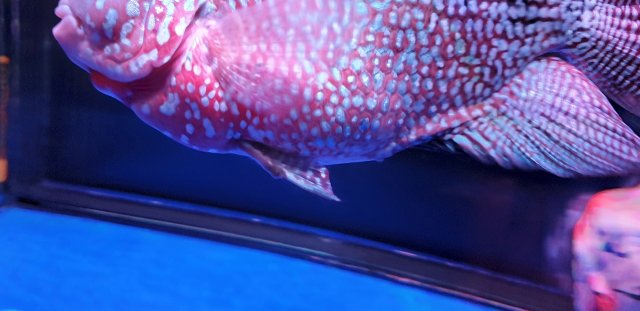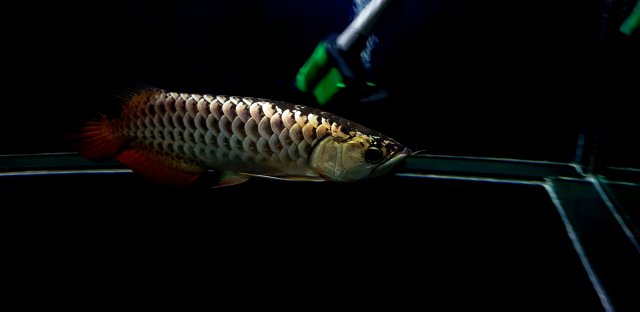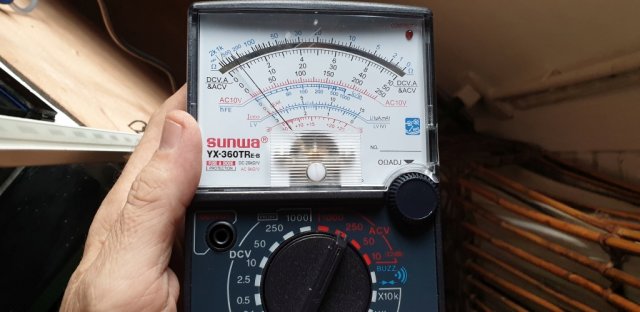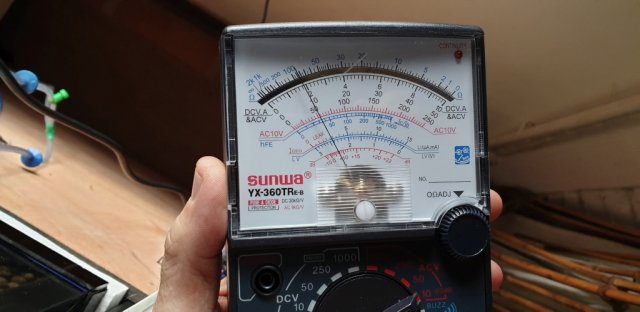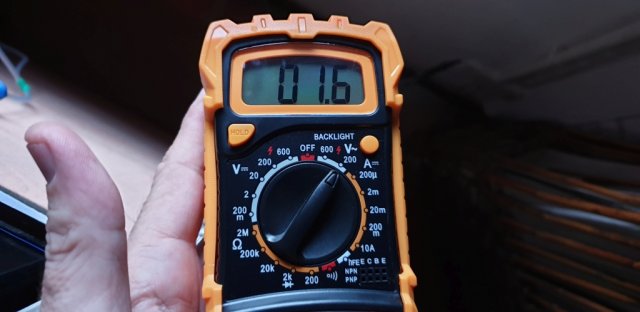When was the last time you checked for stray voltage in your tank?
I think for many North American/European fish keepers this might not be a super big issue, because by law most all of your homes/businesses are required to have 3-prong grounded outlets/electrical systems with GFI/GFCI.
However, for many Asian countries this simply isn't the case (Singapore being a likely exception as they're very safety conscious there) -- crazy as it sounds most of our homes are not even grounded and most only have outlets with 2 holes. Individual appliances like refrigerators and water heaters may or may not be grounded separately.
To make matters worse, unlike other saner countries, most devices here with 2 prongs have prongs that are the same exact size, one isn't bigger than the other so it's very easy to put them into outlets wrong as I found out.
My house (long-term lease we moved into last year) is mostly not properly grounded, though a newer addition on the front of the house is, and there are grounded outlets outside of the house in a few places and also a couple in the kitchen. I have 1 tank in that front room, it has no stray voltage, let alone any current running through it.
However, my other 3 rooms, each of which has a tank (2 Aro tanks and 1 Flowerhorn tank) the outlets are not grounded. I recently found/suspect this to be causing problems in at least 2 of these tanks:
1) about a month ago my Kamfa Flowerhorn almost totally stopped coming to the surface to eat, and if he did it would be a really quick snap, as if he was scared of something there. So I just started giving him sinking pellets after this change in behavior. For the life of me I couldn't figure out why, as he's always been a fearless, super voracious eater no matter where the food was.
2) my blue base xback recently got several small pinholes on her head -- at first I wondered if it was HITH, but water parameters are fine (0/0/10-20ppm), the tank is siphoned daily of waste and kept quite pristine, and also her appetite is fine and feces are normal, no white and stringy stuff. That said her energy level seems down, and she's not striking her food with same previous gusto.
Then I remembered that stray voltage is thought to be one possible cause of HITH/lateral line erosion.
So I got out a multi-meter and sure enough: Kamfa tank was showing about 55 volts (analog meter) and the Blue Base's tank had a bit over 50 volts. Also my Goldenhead's tank was about 40-45, though he hasn't shown any effects (yet). To make matters worse, the Kamfa tank actually had current running through it, though I don't know how much as I only have a simple pen-style amp checker. Doesn't matter though, any current at all is bad. I always wear croc style rubber shoes when working on or even feeding my tanks, so never felt any of the current, but it was there.
Some people argue that stray voltage under 50 volts isn't going to harm your fish (bird on the wire effect); others say any voltage at all can cause stress to fish and is to be avoided. I'm really not sure myself, but I would rather strive for the latter, especially with fish like Arowana which have very prominent lateral lines.
So I've been playing around with all 3 tanks recently, spending major time testing various devices, taking out some (I had small 3 watt wave makers that were putting out like 20 volts!) and changing how they were plugged into extension cords and/or outlets. Just turning over some of the 2 pronged plugs made a big difference! I also plugged the bigger pumps in each tank to extension cords running through windows left ajar and to the grounded plugs outside. This helped even more to reduce the voltage (and eliminated the current running through the Kamfa tank).
By doing this was I was finally able to get the Flowerhorn tank down to about 20 volts, the Blue Base tank down to 0 and the Goldenhead tank to about 15 volts. Although he's still a bit scared (once bitten, twice shy), the Flowerhorn is now back to eating more comfortably at top of the tank. I'm hoping the Blue Base's holes go away, but it'll likely take some time and more frequent water changes (will go to every 5 days instead of every 7-8 days).
While current numbers aren't terrible I'd like to aim for 0 voltage in all tanks. So today I finally got in an electrician and he's installing a new electric line, 2 separate (and longer) grounding rods (2 meters) and proper outlets in the 3 rooms as I write.
When he's done I'll report the voltage from each of the tanks.
But I've posted all of this as a heads-up to especially my fellow fish keepers here in Asia or other areas with less stringent safety codes: if your fish is acting or looking strange and you've mostly eliminated other factors (e.g. water parameters, tank mates, etc.), I highly recommend to invest in a cheap multi-meter and check the stray voltage in your tank, it could very well be causing issues/stress for your fish.
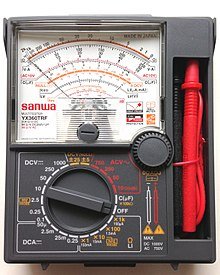
P.s. I know there is huge debate about whether or not to use grounding probes in tanks to control stray voltage, but this isn't really the thrust of this thread -- if one's house isn't properly grounded like so many here, I'm not sure if setting up a properly safe ground probe is even possible, but when it comes to electrical engineering stuff I'm pretty much a dunce and trying to learning more.
I think for many North American/European fish keepers this might not be a super big issue, because by law most all of your homes/businesses are required to have 3-prong grounded outlets/electrical systems with GFI/GFCI.
However, for many Asian countries this simply isn't the case (Singapore being a likely exception as they're very safety conscious there) -- crazy as it sounds most of our homes are not even grounded and most only have outlets with 2 holes. Individual appliances like refrigerators and water heaters may or may not be grounded separately.
To make matters worse, unlike other saner countries, most devices here with 2 prongs have prongs that are the same exact size, one isn't bigger than the other so it's very easy to put them into outlets wrong as I found out.
My house (long-term lease we moved into last year) is mostly not properly grounded, though a newer addition on the front of the house is, and there are grounded outlets outside of the house in a few places and also a couple in the kitchen. I have 1 tank in that front room, it has no stray voltage, let alone any current running through it.
However, my other 3 rooms, each of which has a tank (2 Aro tanks and 1 Flowerhorn tank) the outlets are not grounded. I recently found/suspect this to be causing problems in at least 2 of these tanks:
1) about a month ago my Kamfa Flowerhorn almost totally stopped coming to the surface to eat, and if he did it would be a really quick snap, as if he was scared of something there. So I just started giving him sinking pellets after this change in behavior. For the life of me I couldn't figure out why, as he's always been a fearless, super voracious eater no matter where the food was.
2) my blue base xback recently got several small pinholes on her head -- at first I wondered if it was HITH, but water parameters are fine (0/0/10-20ppm), the tank is siphoned daily of waste and kept quite pristine, and also her appetite is fine and feces are normal, no white and stringy stuff. That said her energy level seems down, and she's not striking her food with same previous gusto.
Then I remembered that stray voltage is thought to be one possible cause of HITH/lateral line erosion.
So I got out a multi-meter and sure enough: Kamfa tank was showing about 55 volts (analog meter) and the Blue Base's tank had a bit over 50 volts. Also my Goldenhead's tank was about 40-45, though he hasn't shown any effects (yet). To make matters worse, the Kamfa tank actually had current running through it, though I don't know how much as I only have a simple pen-style amp checker. Doesn't matter though, any current at all is bad. I always wear croc style rubber shoes when working on or even feeding my tanks, so never felt any of the current, but it was there.
Some people argue that stray voltage under 50 volts isn't going to harm your fish (bird on the wire effect); others say any voltage at all can cause stress to fish and is to be avoided. I'm really not sure myself, but I would rather strive for the latter, especially with fish like Arowana which have very prominent lateral lines.
So I've been playing around with all 3 tanks recently, spending major time testing various devices, taking out some (I had small 3 watt wave makers that were putting out like 20 volts!) and changing how they were plugged into extension cords and/or outlets. Just turning over some of the 2 pronged plugs made a big difference! I also plugged the bigger pumps in each tank to extension cords running through windows left ajar and to the grounded plugs outside. This helped even more to reduce the voltage (and eliminated the current running through the Kamfa tank).
By doing this was I was finally able to get the Flowerhorn tank down to about 20 volts, the Blue Base tank down to 0 and the Goldenhead tank to about 15 volts. Although he's still a bit scared (once bitten, twice shy), the Flowerhorn is now back to eating more comfortably at top of the tank. I'm hoping the Blue Base's holes go away, but it'll likely take some time and more frequent water changes (will go to every 5 days instead of every 7-8 days).
While current numbers aren't terrible I'd like to aim for 0 voltage in all tanks. So today I finally got in an electrician and he's installing a new electric line, 2 separate (and longer) grounding rods (2 meters) and proper outlets in the 3 rooms as I write.
When he's done I'll report the voltage from each of the tanks.
But I've posted all of this as a heads-up to especially my fellow fish keepers here in Asia or other areas with less stringent safety codes: if your fish is acting or looking strange and you've mostly eliminated other factors (e.g. water parameters, tank mates, etc.), I highly recommend to invest in a cheap multi-meter and check the stray voltage in your tank, it could very well be causing issues/stress for your fish.

P.s. I know there is huge debate about whether or not to use grounding probes in tanks to control stray voltage, but this isn't really the thrust of this thread -- if one's house isn't properly grounded like so many here, I'm not sure if setting up a properly safe ground probe is even possible, but when it comes to electrical engineering stuff I'm pretty much a dunce and trying to learning more.




